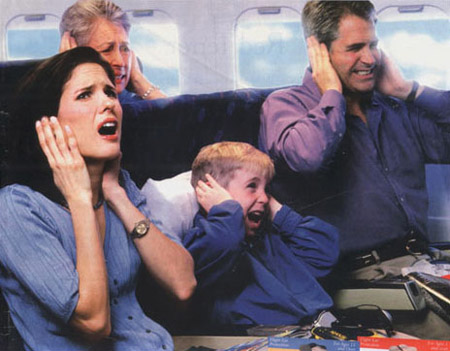I have heard and held a variety of opinions over the years on the issue of accessibility in the arts.
Blasting Away My Audience with Loud, Ugly Music

Cover image for an old CD of my music
When I started out in music school I was proud if a listener walked out on a performance of my work, unable to understand or enjoy it. All the more space for those that did (e.g. me and the few other people on the planet who had a context to understand the piece). This was fine for a year or two, but the more I listened and the more I wrote, the less excited I became about driving away my audience. It wasn’t that I wanted my music to be any less complex, or to be any prettier. But I did want a wider audience, and in order to get one I had to try harder to provide a context for those who lacked one.
Looking for Increased Accessibility in my Music
By the time I left music school I was writing some of my most raucous sounding work, but it was definitely more accessible. By integrating more recognizable forms, working harder on titles that reflected something in the music, and shifting my construction of rhythm and pitch into areas that showed awareness of the outside world, people stopped walking out. The result wasn’t a reduction in complexity or a dumbing down of concept, but an increase in layered meaning (more on that in a bit).
Outside a New Medium Looking For a Context
For the last ten years or so my artistic focus has been on the visual arts. When I started the switch to visual my artistic medium was new, but my conceptual approach was already well developed. I still wanted that higher degree of accessibility, but to provide it in the new medium I would need a broader understanding of the visual contexts viewers bring to a work. Thus began an intensive self-driven course in the artwork of others.
One venue for this self study was museums. I spent a lot of time in them, looking at everything I could. Very quickly I ran back into this accessibility issue, but this time it was as the outsider looking in. I shortly grew tired of taking my time to look at work that cared nothing about me. Even as I learned more and more, I unsurprisingly continued to find works that presumed a context I didn’t have. But here I was, a knowledgable and interested person trying to get something from the work, and kept finding pieces that provided nothing.
Layered Meaning
By layered meaning I intend to describe a set of meanings that provide something of interest to viewers/listeners with a variety of backgrounds. These viewers range from the interested novice (someone willing to spend a few seconds looking at my work), all the way up to seasoned artists or critics who bring a lifetime of art historical context with them when they consider what I’ve made. I want each of these two, and everyone in between, to take something away from the piece: an idea, a suggestion, and/or a question. Perhaps more importantly, I want my work to invite those with less context to engage with the work and learn more about it. In other words, I want their efforts to be rewarded, not repelled.
Layered Meanings in Speed of Reality
A good example of my focus on this is a recent piece titled Speed of Reality. This work, which explores issues of speed, editing, and sound in reality TV, is composed to provide something for each of these viewers.
For those without a developed art understanding, the piece presents a portrayal of a visual medium many are familiar with—reality TV. If your only context is having watched a reality TV show, you will hopefully walk away from this piece thinking about how what you watch is a constructed presentation with particular intentions. If you spend a bit more time watching the work, you can understand more about the mechanics of that construction, and perhaps how it relates to intention. In other words, the piece invites you to consider it further.
For those with a sophisticated art historical understanding, the piece tries to provide all of the above and more. They might also think about the new ways reality TV is mediating reality, or how the structure of the program alters the meaning of the content. Maybe they would even tie it into ideas of mine regarding how memory is formed in the face of fast-paced cuts, ideas that grew out of my reading of Paul Virilio. A viewer with a complex background in new media would hopefully take away that I’m interested in how algorithmic the editing of these shows has become.
As the artist I can’t begin to predict all of what the viewer might see in my work. But by bringing intention to the concept, and by working to address those with a variety of backgrounds, I hope to engage my audience in a way that leaves them thinking about rather than (solely) cursing what they’ve seen or heard.